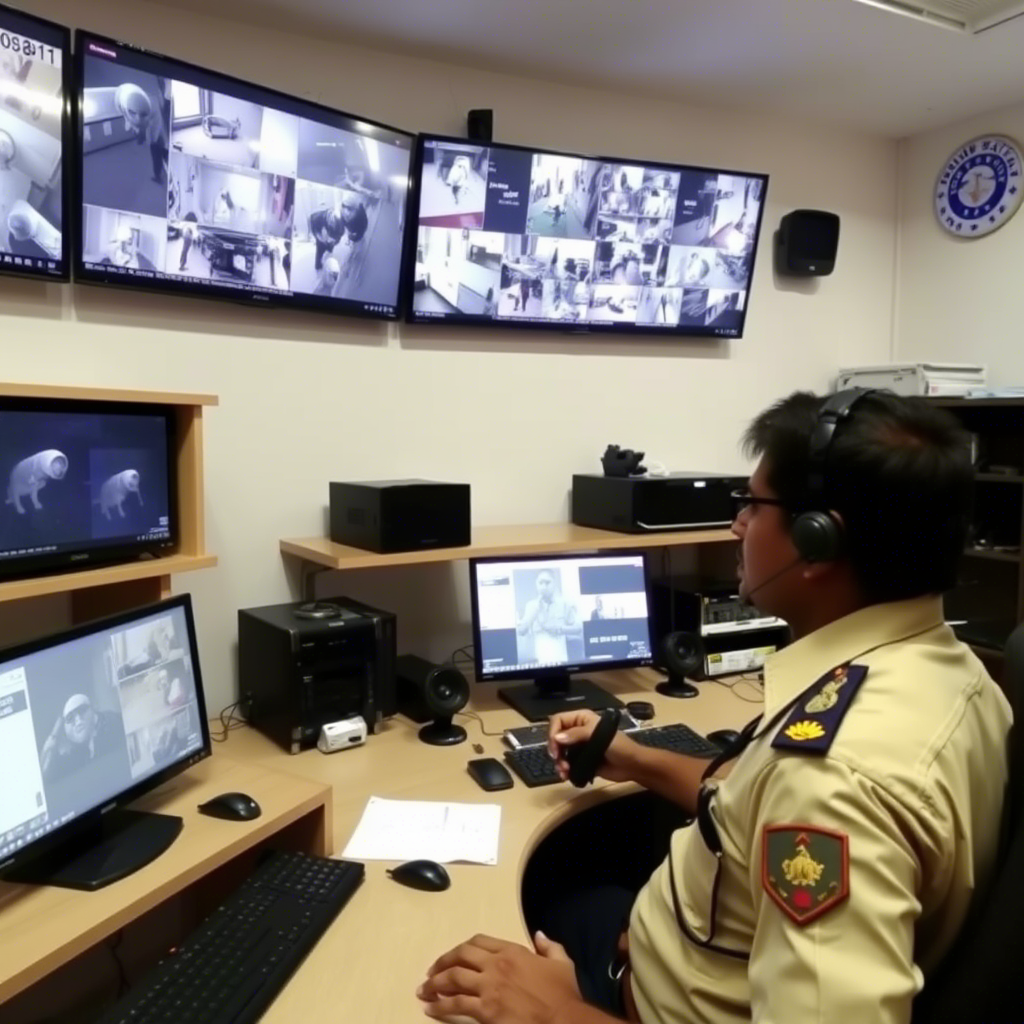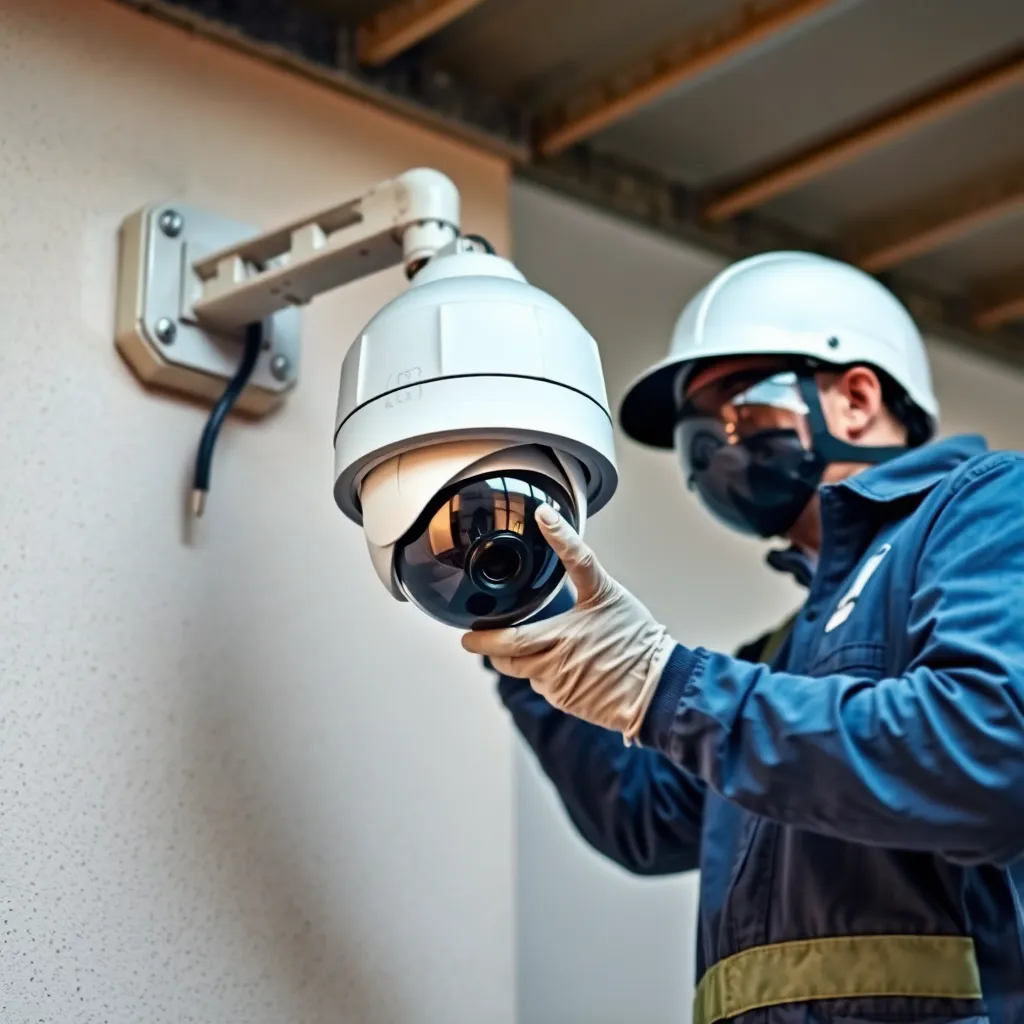
Explosion-proof cameras are specialized surveillance devices designed to operate safely in hazardous environments where there is a risk of explosion due to the presence of flammable gases, vapors, or dust. These cameras are built to meet stringent safety standards and are commonly used in industries such as oil and gas, chemical processing, mining, and pharmaceuticals.
The primary function of explosion-proof cameras is to prevent any internal sparks or heat from igniting the surrounding explosive atmosphere. To achieve this, these cameras are constructed with robust materials and designed with several safety features. The camera housing is typically made of heavy-duty materials like stainless steel or aluminum, which can withstand high impact and extreme temperatures. The housing is also designed to contain any internal explosions and prevent the escape of flames or hot gases.
Explosion-proof cameras are classified based on their level of protection against explosions. The most common classification is the ATEX (ATmosphere EXplosible) directive, which is a European standard for equipment used in explosive atmospheres. In North America, the National Electrical Code (NEC) and the Canadian Electrical Code (CEC) provide similar classifications. These classifications indicate the level of protection provided by the camera and the specific hazardous environments in which they can be used.
One of the key features of explosion-proof cameras is their ability to operate in extreme temperatures. These cameras are designed to function in temperatures ranging from -40°C to +60°C, making them suitable for use in harsh outdoor environments. They are also designed to be resistant to corrosion, vibration, and electromagnetic interference.

Explosion-proof cameras are used in a variety of applications, including:
- Oil and Gas: Explosion-proof cameras are used in offshore platforms, refineries, and pipelines to monitor operations and ensure safety. They can detect leaks, monitor equipment, and provide real-time video surveillance to remote operators.
- Chemical Processing: These cameras are used in chemical plants to monitor processes, detect leaks, and ensure safety. They can also be used to monitor the handling and storage of hazardous materials.
- Mining: Explosion-proof cameras are used in underground mines to monitor operations, detect gas leaks, and ensure safety. They can also be used to monitor the movement of personnel and equipment.
- Pharmaceuticals: These cameras are used in pharmaceutical manufacturing facilities to monitor processes, ensure quality control, and maintain safety standards.
- Waste Management: Explosion-proof cameras are used in waste management facilities to monitor the handling and disposal of hazardous waste. They can also be used to detect gas leaks and ensure safety.
In conclusion, explosion-proof cameras are essential surveillance tools for industries operating in hazardous environments. They provide real-time video surveillance, ensure safety, and help prevent accidents. When selecting an explosion-proof camera, it is essential to consider the specific hazardous environment and choose a camera that meets the required safety standards.
In India, the use of explosion-proof cameras is becoming increasingly important in various industries, including oil and gas, chemical processing, mining, and pharmaceuticals. The country’s growing industrial sector and stringent safety regulations have led to a higher demand for these specialized surveillance devices. Explosion-proof cameras in India are designed and manufactured to meet international safety standards, such as ATEX and IECEx, as well as local regulations like the Indian Explosives Act and the Factories Act. These cameras are used in hazardous environments to monitor operations, detect gas leaks, ensure safety, and maintain quality control. With the Indian government’s focus on promoting domestic manufacturing, there is a growing market for locally produced explosion-proof cameras, which can help reduce costs and improve accessibility for industries operating in hazardous environments.




